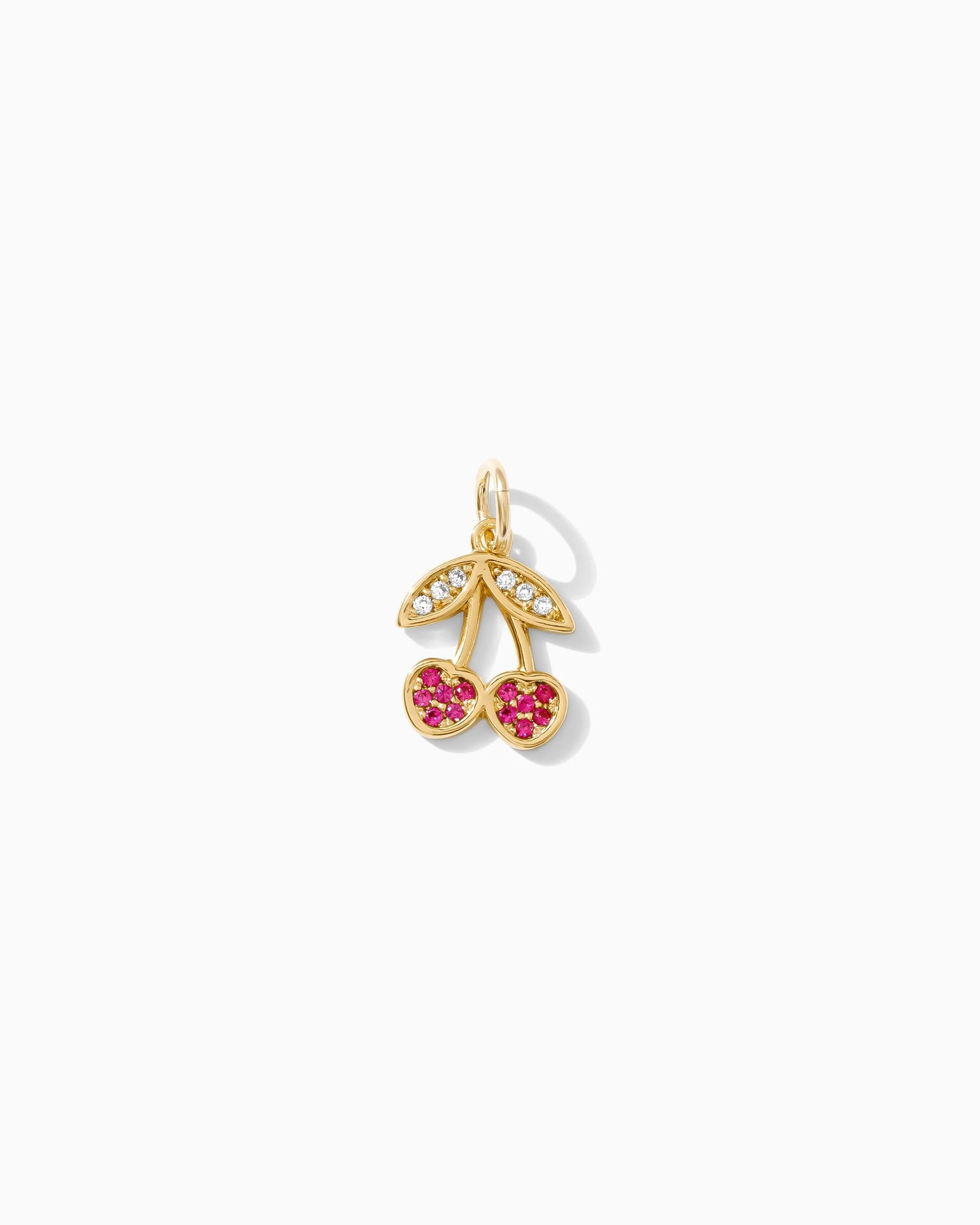
Why CZ Birthstone Colors Vary — and the Thought Behind the Shades We Chose
Share
At Bay & Stew Supplies, we take pride in offering a wide range of cubic zirconia (CZ) birthstones to jewelry makers. One of the most common questions we receive is:
“Why isn’t my stone the exact same shade as the last one I bought?”
We understand this can be frustrating when you’re trying to keep your pieces consistent. But just like genuine gemstones, simulated CZ birthstones can naturally vary in color. Here’s why.
How CZ Birthstones Are Made
When factories produce cubic zirconia, large crystals are grown and then cut down into smaller stones. Because these large crystals often have slight color gradients from top to bottom, each smaller stone may pick up a different tone from that same crystal.
-
Example: A September sapphire CZ batch might have stones ranging from deep royal blue to lighter sky blue, even though they’re all cut from the same large stone.
-
This isn’t a mistake—it’s simply the way the crystal forms and is cut.

Genuine Birthstones Vary Too
It’s important to remember that genuine gemstones also have natural variations. Mother Nature never makes two stones exactly the same.
-
Sapphires can range from pale blue to dark navy.
-
Rubies may appear pinkish-red in one stone and deep red in another.
-
Alexandrite is famous for shifting colors depending on lighting.
This uniqueness is actually what makes gemstones so beautiful and special—no two are alike.
Alexandrite CZ: Our Purposeful Choice
Our Alexandrite CZ is alexandrite green and can change color depending on lighting—sometimes appearing more green, sometimes shifting toward a purplish tone. We chose this color intentionally to closely mimic genuine alexandrite, which is one of the rarest and most color-shifting gemstones in the world.

Ruby CZ: Why It’s Pinkish-Red
Another common question is: “Why isn’t your July ruby CZ bright red?”
The truth is, natural rubies are not pure red. Most genuine rubies are a pinkish-red, and that’s the shade we chose for our CZ rubies so they look more authentic.
That said, we also carry stones from different manufacturers—some will be a truer red, while others are pinker. Both are considered correct ruby variations.
Why Your Birthstones May Look Different
Here are the main reasons you may notice differences between your CZ birthstones:
-
Batch to Batch Variations: Each production run can result in slight shade differences.
-
Crystal Cutting: Small stones are cut from different sections of larger crystals, where colors vary.
-
Manufacturer Differences: We work with multiple suppliers, so one “July Ruby” may not match another perfectly.
-
Lighting Conditions: Stones like alexandrite CZ appear different under natural light vs. indoor lighting.
Setting Realistic Expectations
Just like natural gemstones, no two cubic zirconia birthstones will ever be 100% identical. That’s part of their beauty.
When buying CZ birthstones:
-
Expect small variations in shade.
-
Understand that “September” doesn’t always mean the exact same shade of blue.
-
Know that we’ve chosen colors intentionally to best represent genuine birthstones.
Visual Birthstone Chart
To make it easier, we’ve put together a birthstone comparison chart showing examples of genuine gemstone color ranges alongside our CZ versions. This will help you (and your customers) see how real stones vary—and why your CZ stones may not match exactly from order to order.
Final Thoughts
Birthstones—whether genuine or cubic zirconia—are meant to represent something personal and meaningful. Color variations are normal, expected, and part of what makes them unique.
At Bay & Stew Supplies, we carefully select each CZ color to reflect the natural beauty of real gemstones, while making them accessible and affordable for jewelry makers everywhere.
If you ever have a question about your stones, feel free to reach out—and refer back to this guide for reassurance.

